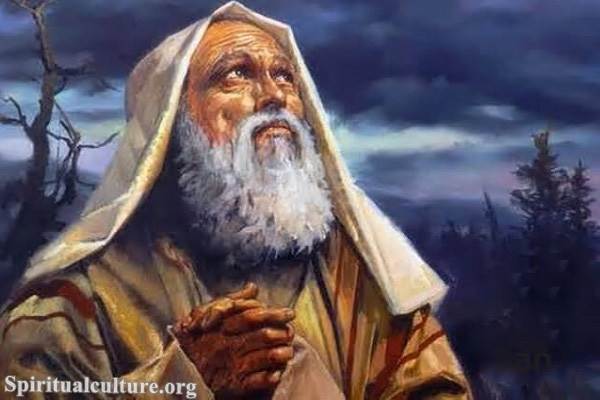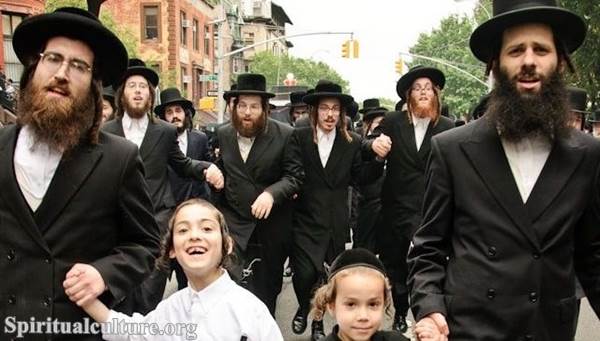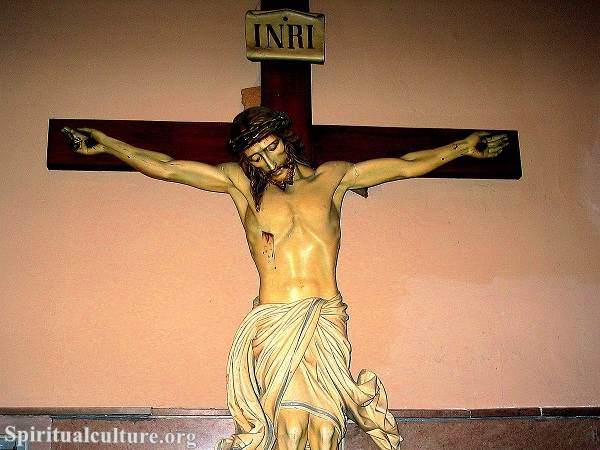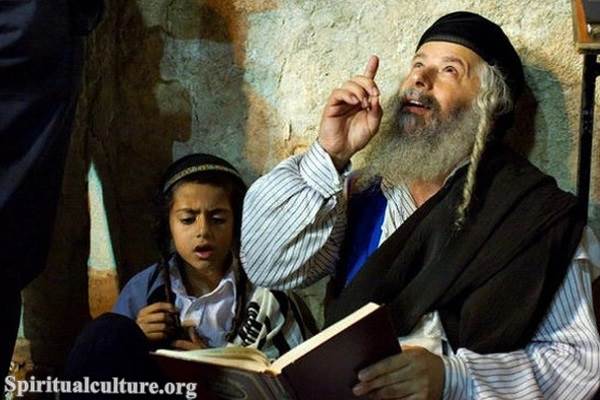The Torah is not merely a holy book for the Jewish people. It is a living covenant, a divine instruction manual, a rhythm of life that continues to shape identity, conduct, and sacred memory. To understand the role of the Torah in Jewish daily life is to glimpse the heart of Judaism — not as an abstract religion, but as a dynamic, ongoing relationship with God, self, and community.
As Spiritual Culture, we invite you to explore not just what the Torah says, but how it lives — in the words spoken each morning, the meals shared with intention, the ethical decisions made, and the rituals observed from birth to death. The Torah is not only read; it is enacted. It is not only studied; it is sung, debated, memorized, and inscribed on hearts and doorposts alike.
In this article, we journey through the deep and daily imprint of the Torah — from prayer to practice, from learning to living — and why its presence continues to anchor and inspire the Jewish soul.
The Torah: More Than a Text
The Meaning of Torah
At its root, the Hebrew word Torah means instruction or teaching. While often used to refer to the Five Books of Moses — Genesis, Exodus, Leviticus, Numbers, and Deuteronomy — its significance goes far beyond literary boundaries.
A Covenant with God
The Torah is the divine revelation given to Moses at Mount Sinai, a covenant that binds God and Israel in sacred relationship. As stated in Deuteronomy 6:6-7:
“These commandments that I give you today are to be on your hearts. Impress them on your children. Talk about them when you sit at home and when you walk along the road…”
These verses show how Torah is meant to dwell not just in synagogues but in every facet of daily life.
The Torah as Foundation
The Torah underpins Jewish law (halakha), ethics, rituals, and even time itself. It is the source from which the rest of Jewish tradition — including the Talmud and rabbinic commentary — flows.
Morning to Night: A Day Shaped by Torah
Daily Prayer and Torah Verses
Every day, observant Jews begin with morning prayers (Shacharit) that include passages directly from the Torah, including the Shema:
“Hear, O Israel: The Lord our God, the Lord is one.” (Deuteronomy 6:4)
This declaration is central to Jewish faith and identity and is recited in both the morning and evening.
Mezuzah and the Doorposts of Life
Many Jewish homes have a mezuzah — a small case containing Torah verses — affixed to their doorposts. This practice comes from Deuteronomy 6:9 and serves as a constant reminder of God’s commandments when entering or exiting a space.
Meal Blessings and Dietary Laws
Before and after eating, blessings are recited, many of which are grounded in Torah teachings about gratitude and sanctity of food. Kashrut (Jewish dietary laws), rooted in the Torah (Leviticus 11), governs what is permissible to eat and how food should be prepared.
Weekly and Yearly Rhythms of Torah
The Sabbath: A Weekly Covenant
The Torah commands:
“Remember the Sabbath day by keeping it holy.” (Exodus 20:8)
Every Shabbat (Sabbath) is a reenactment of the divine rest after creation. It is a time set apart — for family, prayer, study, and cessation from work — in honor of God’s command.
Torah Readings and Synagogue Life
Each Shabbat, Jews read a portion (parasha) from the Torah, completing the entire cycle annually. This communal reading links every Jew across the world to a shared sacred rhythm.
The Torah Scroll: Revered and Central
The Sefer Torah (Torah scroll) is treated with deep reverence. It is adorned, kissed, and carried during synagogue services — symbolizing the joy and weight of divine instruction.
Learning and Study: A Lifelong Command
Daily Torah Study
The Torah commands in Joshua 1:8:
“Keep this Book of the Law always on your lips; meditate on it day and night…”
Learning Torah is not reserved for scholars; it is a daily obligation and joy for all ages.
Children and the First Letters
From early childhood, Jewish children begin to learn the Torah. Traditionally, a child’s first encounter with Torah study might involve tasting honey on Hebrew letters — a symbolic sweetness of learning.
Chevruta: Learning in Partnership
A hallmark of Torah study is chevruta — studying in pairs. This dialogical approach emphasizes questioning, mutual insight, and a shared pursuit of truth, echoing the Talmudic tradition.
Ethics and Action: Living Torah in the World
The Torah as a Moral Compass
The Torah’s ethical imperatives — caring for the stranger, pursuing justice, honoring parents — are deeply embedded in Jewish daily living.
“Justice, justice shall you pursue…” (Deuteronomy 16:20)
This is not merely an ideal; it becomes action — in charity (tzedakah), hospitality, and integrity in business and relationships.
Tikkun Olam: Repairing the World
Although the term tikkun olam comes later in Jewish thought, its spirit is rooted in Torah values — calling Jews to bring holiness and healing into the world through mitzvot (commandments).
Life Events Marked by Torah
Birth and Naming
When a Jewish boy is born, he is brought into the covenant through brit milah (circumcision), a direct Torah command (Genesis 17:12). Naming ceremonies for girls also incorporate blessings and Torah verses, symbolizing entry into the people of Israel.
Bar and Bat Mitzvah
At age 13 for boys and 12 for girls, children become bar or bat mitzvah, assuming personal responsibility for Torah observance. This milestone often includes reading from the Torah in synagogue — a profound moment of spiritual maturity.
Marriage and Family
Torah laws guide the Jewish wedding ceremony (kiddushin) and marital ethics, affirming the holiness of love and covenantal partnership.
Death and Mourning
Even in grief, Torah guides the Jewish path — from burial rituals to mourning practices like shivah (seven-day mourning), rooted in the values of respect, memory, and community support.
Torah and the Jewish Calendar
Festivals Rooted in Torah
Jewish holy days are deeply tied to Torah narratives and commandments:
- Passover (Pesach) commemorates the Exodus — a central Torah event
- Shavuot marks the giving of the Torah at Sinai
- Sukkot, Rosh Hashanah, and Yom Kippur all stem from Torah instructions
Each festival is an opportunity to relive and renew the Torah’s teachings in tangible, celebratory ways.
Torah in the Modern World
Continual Relevance
Though written millennia ago, the Torah continues to speak into today’s dilemmas — from questions of justice and environmental care to bioethics and communal responsibility.
Diverse Expressions, Shared Core
Across denominations — Orthodox, Conservative, Reform, Reconstructionist — the Torah remains a central pillar, even as interpretation and application may vary.
Digital and Global Torah
Today, Torah study happens in yeshivas and online, around dinner tables and in virtual classrooms — transcending borders, languages, and generations.
Reflect and Reimagine
The Torah is not simply a scroll on a shelf or a relic of the past. It is a voice — ancient yet living — calling the Jewish people into daily relationship with the Divine, with one another, and with the world. It shapes time, tells stories, forms ethics, and invites action.
To walk with the Torah is to walk a path that binds heaven and earth through word and deed. Whether in whispering the Shema at bedtime, feeding the hungry, or wrestling with its mysteries in study, the Torah continues to illuminate the ordinary with the sacred.
Spiritual Culture invites you:
Where does sacred instruction live in your life?
What would it mean to live each day as if every moment is holy?
The Torah’s invitation is not only to read, but to become —
A living word of truth, compassion, and purpose in a world hungry for both wisdom and wonder.




